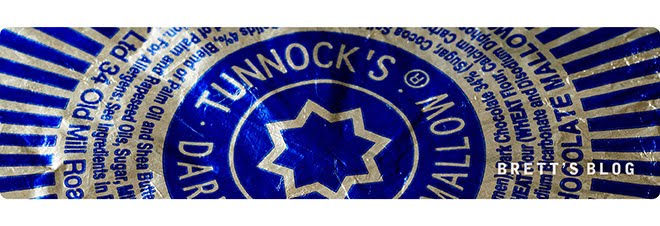
Digital Photography Review has published a full review of Sony's high-end, 'almost-compact' photography system.
Summary of a summary of the conclusion:
The NEX system shows a great deal of promise but we'd strongly advise waiting for the next generation of products.
Fuller summary of the conclusion:
The first two NEX models are innovative and Sony should receive plaudits for showing the rest of the industry just how small it's possible to make a camera toting an APS-C sized sensor. It seems less likely that many makers will be mimicking the user interface, though.
The NEX's image quality is generally rather good though not as good as the raw sensor data shows it could be. The JPEGs are bright, detailed and colorful, if a little bit over-enthusiastic when it comes to the color red.
Both cameras are so prone to overexposure in an attempt to produce bright photos that there's little practical advantage to the greater dynamic range (and you can't apply exposure compensation in iAuto mode, so you can't prevent the overexposure).
High ISO performance, both in JPEG and raw is impressive, with noise (and noise reduction in the JPEGs), kept well controlled up to ISO 3200, and giving usable results even at 6400. Unfortunately you don't get the full benefit of this in iAuto, which limits the (Auto) ISO range to 1600.
The DRO dynamic range enhancing feature makes a good job of pulling detail out of the shadow regions, to make images look more balanced without problematic loss of contrast.
The HDR feature (only available in the user-controlled PASM modes), is also interesting - you can take control if you think its Auto setting is over-the-top but even that steers clear of the excesses sometimes indulged in the name of HDR. The results remain natural looking and, in situations where the final image has lost some contrast, a little post-processing can bring back some punch.
In terms of physical handling, both NEX cameras are also pretty good. Their super slim-line designs prompt you to support the camera by cradling the lens, just as you would with a DSLR, so the shooting position is quite a stable one.
The user interface is less convincing. The NEX-3 and 5 make reasonable enough point-and-shoot cameras and tend to take good photos when used as such. The iAuto interface is certainly simple and unthreatening but much of this is because it has so few options (and so little control).
Users wanting to change image brightness, use the camera's full ISO range or the HDR functions they may have seen advertised will have to resort to the PASM modes and that's where the cameras fall down dramatically. Although the most basic exposure settings (shutter speed, aperture and exposure compensation) are easily accessible, even the slightest change to any other shooting parameters requires an interminable sequence of button presses and dial scrolling. Even with practice it's a confused and frustrating experience.
The NEX cameras are a brave and interesting attempt to redefine the camera and one that might, one day, be looked upon as the first step along a new path of camera development. If so, they represent a distinctly unsteady first step.
The biggest disappointment is that the NEXs offer no encouragement or obvious pathways for users wanting to take more control over the camera. The 'Bkground Defocus' option in iAuto mode, constantly recommended in the in-camera guide, doesn't make clear what it's doing and risks being actively unhelpful in some circumstances (using F22-F32 won't yield the 'crisp' images the interface promises). Furthermore, operation and navigation differ enough between iAuto and Aperture Priority mode that you're unlikely to ever guess that they're doing essentially the same things.
As cameras to literally just point and shoot the NEXs do pretty well, which will be enough for some people - although by being restricted to ISO 1600 in iAuto mode, the benefits over a good compact camera are not as clear-cut as they could be. Sadly even these users may find the battery life problematic, and we'd be hard-pushed to think of an interchangeable lens camera less appropriate for a keen photographer.
------------

No comments:
Post a Comment